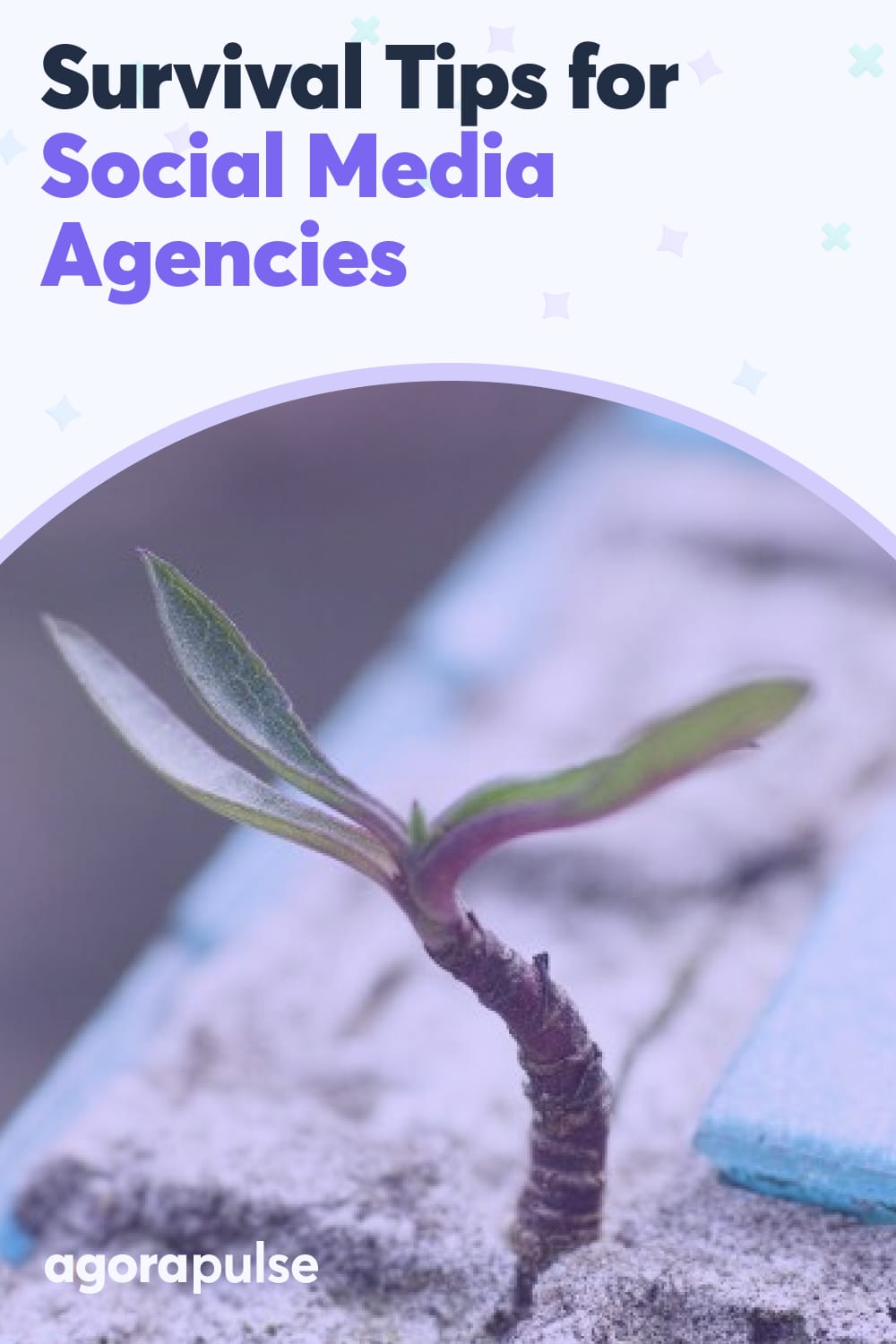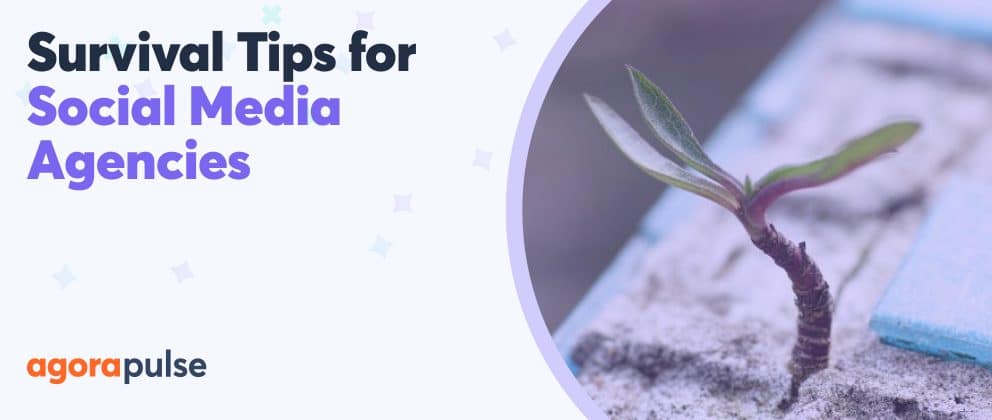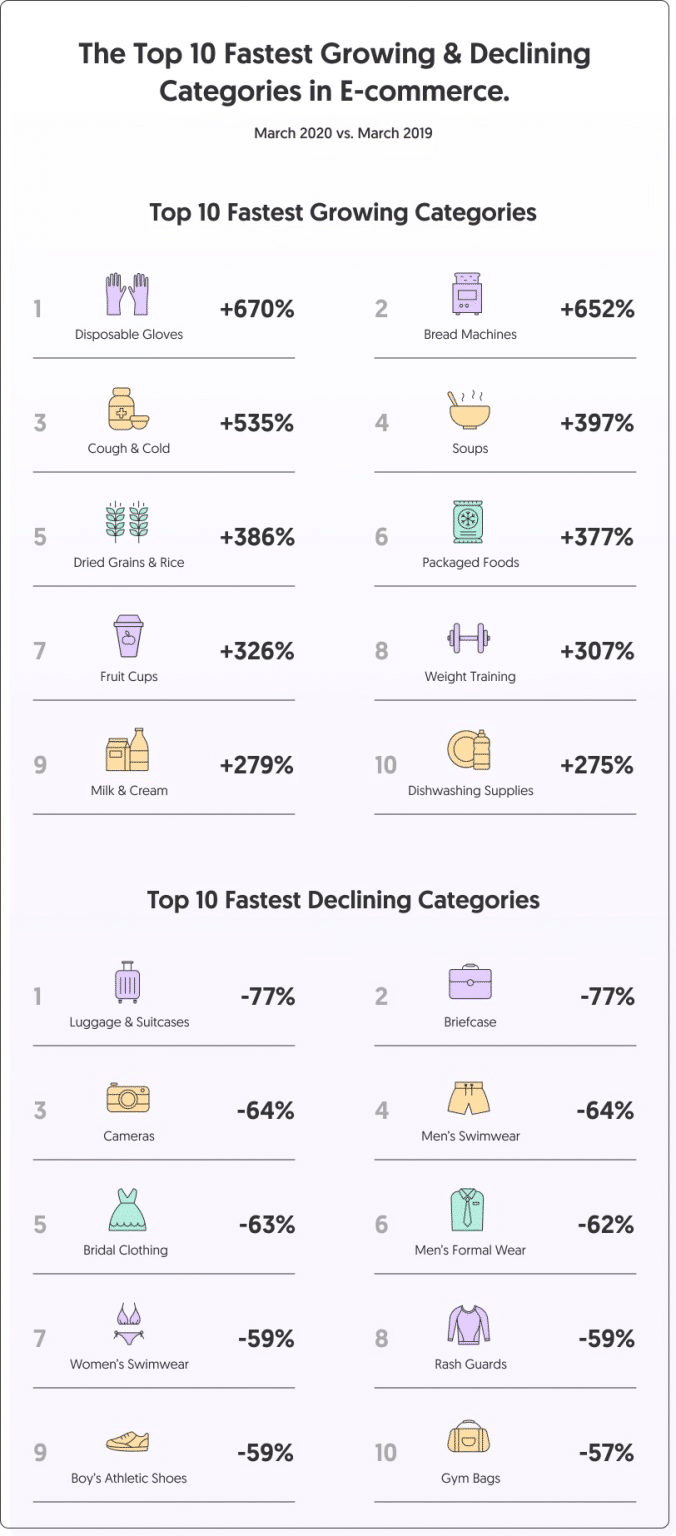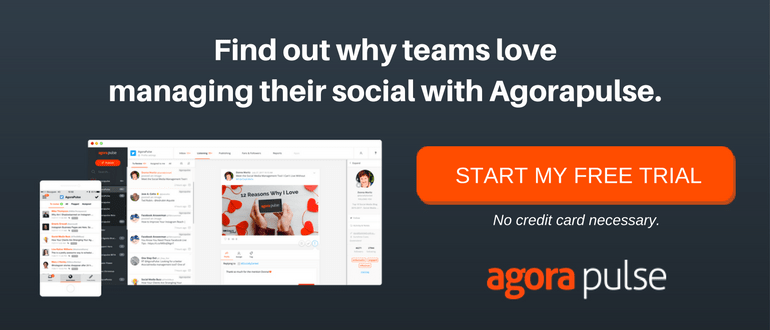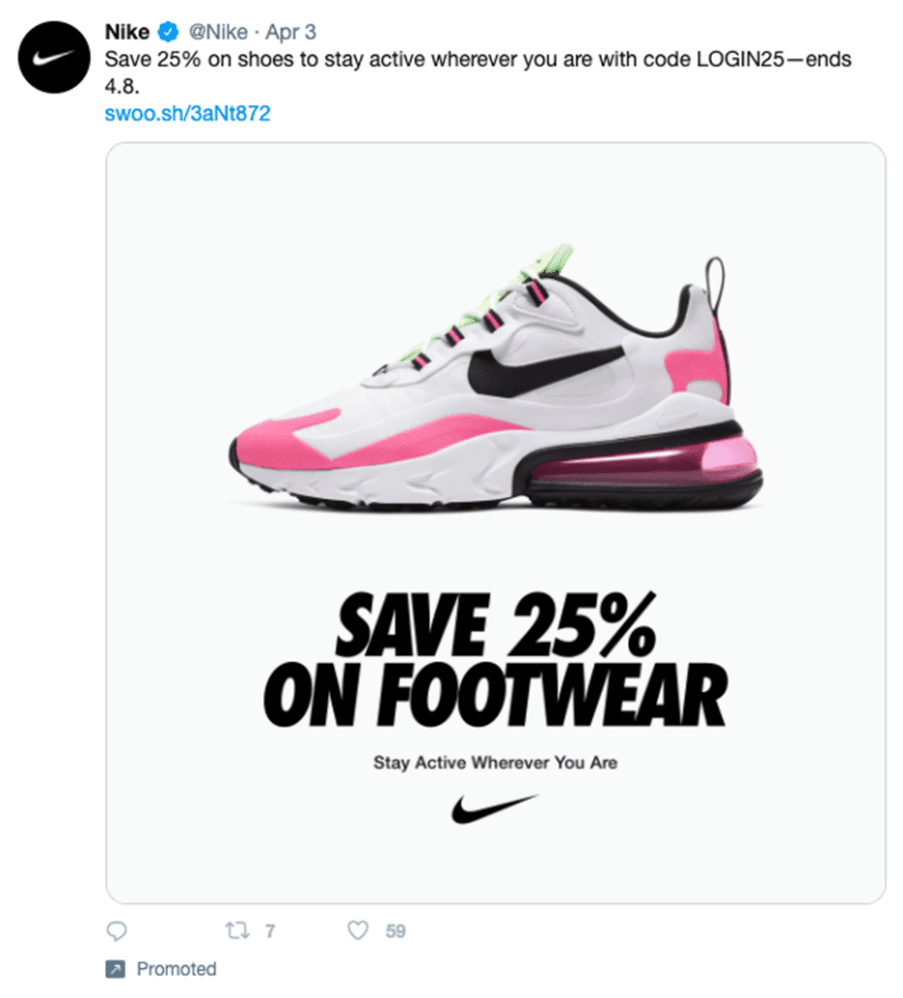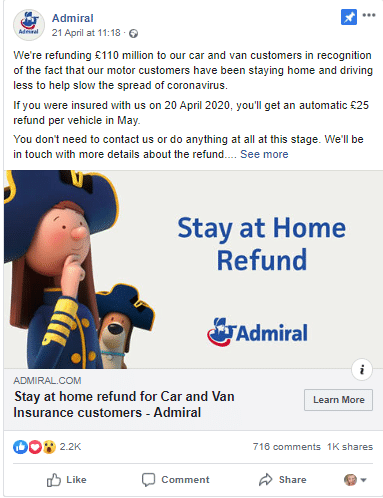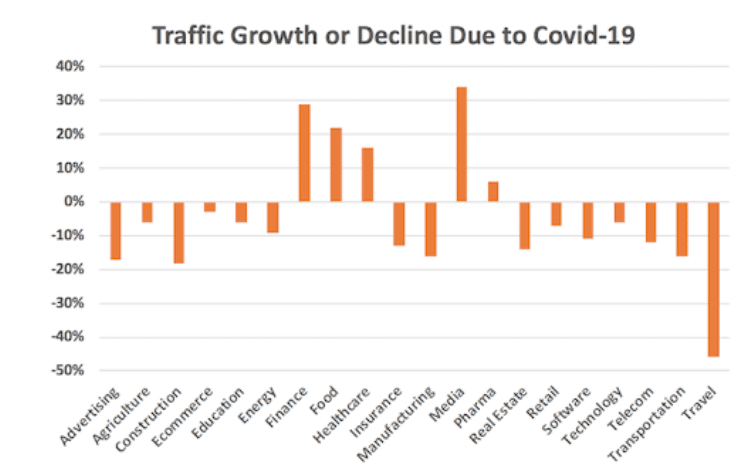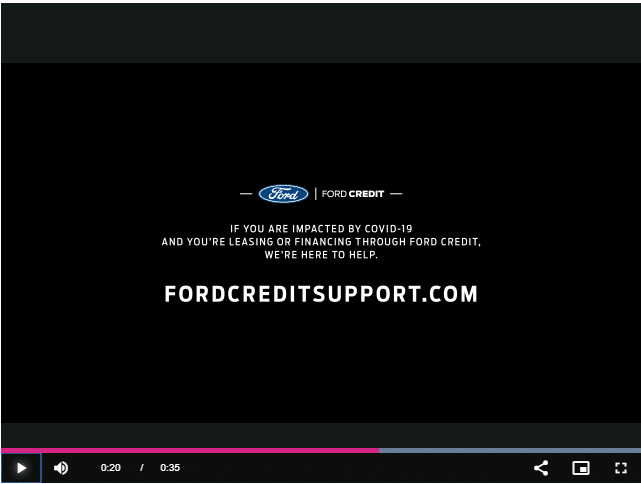What should you do when your social media agency’s sector has been hit hard? We’ve got ideas and tips on how social media managers can best handle this tough time.
As director of marketing agency Contentworks, I understand the demands that the coronavirus has placed on different business sectors. When companies feel financial pressure, they often look to cut costs. And mistakenly, marketing is often the first thing to go.
In this article, I’m looking at the sectors hit hardest right now. I’m going to show you how your marketing agency can continue to retain these clients and provide value to them.
What Social Media Managers Want to Know
I’ve seen these questions popping up on social media in the past few weeks so I will be addressing them later in this article.
- How are your core clients impacted by COVID-19?
- How can you provide more value to existing clients?
- Is dropping your prices a good idea?
- Should you use paid ads to attract new clients?
- Do you need to pivot to another sector and how can you do that?
Let’s dig deep into these questions and getting through a difficult time in a difficult sector.
What We Mean by ‘Tough Sectors’
Before we get into it, let me define “tough sectors.”
Certain sectors have been hit hard in 2020 so far. For example, we have seen a 65% decrease in ad spend by the travel sector. This sector is expected to lose $820 billion because of COVID-19.
We have also seen high street stores go into administration or lose significant chunks of profit. Primark in the UK went from 650 million monthly turnover to zero because it didn’t have an online presence.
Other sectors that have been hard hit are …
- Automobiles
- Hotels
- Live sports
- Shipping
- Film production
- Oil and gas
- Events
- Theme parks
However, not all the news is rough. Some sectors have flourished during COVID-19. Really!
Industries doing well right now include the fintech, payments, and forex spaces that we work in. Also, online grocery and food delivery sectors and tech/online entertainment like Zoom, Netflix, and Disney+ are flourishing. In e-commerce, the infographic below illustrates how bread machines and home gym equipment have risen by 652% and 307% respectively.
How Are Your Core Clients Impacted By COVID-19?
Before you think about whether to pivot or change your strategy, you need to consider your core clients. Are they in the rough sectors we talked about above, or are they thriving?
Either way, you may need to tweak your services to support them:
- A thriving sector will see an increase in social media interactions and may require additional support.
- A struggling sector may be looking to cut costs or be desperate to increase sales. It is also worth noting that businesses who are in panic mode tend to freeze. For example, 74% of brands are posting less on their company social media accounts right now. Only one in four plan to increase their marketing activities.
Action plan for your tough sector
- Be proactive. Reach out to your clients with a 30-minute catch up call. Ask them for their web traffic and sales stats, and understand where they are at.
- Can you reduce their ad spend? 69% of brands expect they will decrease ad spend in 2020. You can maintain your service charges while reducing the cost to them.
- Are they changing strategy internally? Find out and make sure your marketing efforts align accordingly.
- Identify their key challenges or goals, and formulate a plan to adapt your messaging to support this.
- Maintain regular communication with your clients. Some may prefer social media messaging; others prefer a formal video call.
How Can You Provide More Value to Existing Clients?
Providing value to your clients is key right now. This is not the time to be charging for extras or slacking off on your communication.
Your clients are looking to you to lead the way with information, education, and strategy. It’s also important to look at how your clients are providing value to their client base.
Nike showed us how it adapted and aimed to provide value to fans with discount codes, free online workouts, and more than $17.5 million committed to COVID-19 response efforts around the world. Nike also donated face shields and PAPR lenses to health systems across the USA.
Through Nike’s digital ecosystem, the Nike app, Nike Running Club app, its social channels and Nike.com, the brand supported adults and children to stay active at home.
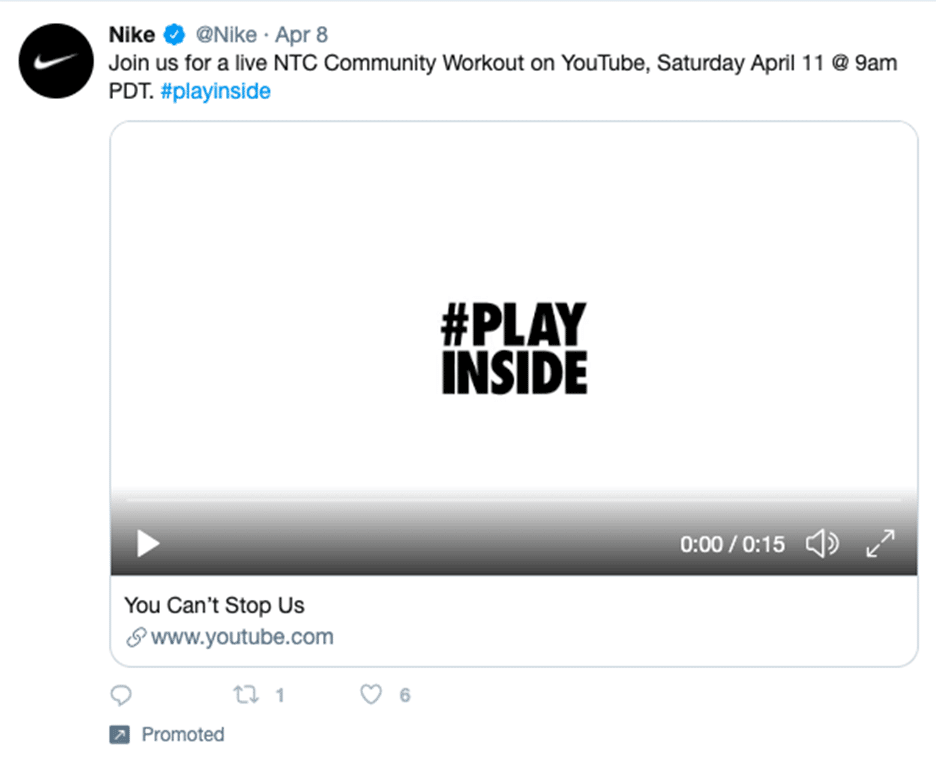
You don’t need Nike’s marketing budget to provide value.
FREE: Download your “How to Prove Your Social Media ROI” guide
Here are some of the ways you can provide value to your clients.
Action plan for your tough sector
- Hold a webinar to answer questions about marketing and marketing strategy during COVID-19.
- Offer free strategy evaluation meetings or strategy revisions.
- Author insightful articles or create an AMA video answering client questions. (Here’s one from my co-director Niki.)
- Create relevant infographics or videos presenting key stats.
- Send regular email updates featuring advice and points of contact.
- Create a Facebook Group centered on connecting your customers and providing value.
- Create an e-book roundup of stats relevant to their sector. For example, here’s an e-book we created for the payments sector and uploaded to Slideshare:
Is Dropping Your Prices a Good Idea?
This is a frequently asked question among marketing agencies. The pandemic is estimated to cost the global economy $2.7 trillion in output alone. Naturally, businesses are making cutbacks, and they may be looking at their marketing agency to drop pricing.
So, should you?
First, you need to understand the core costs of your services and the profits you are making. This is Marketing 101.
Before you start slashing costs and giving discounts, you should understand how doing so will affect your bottom line. Once you have done that, you should also look at whether you can cut costs.
Perhaps you’re paying for marketing subscriptions, tools, or services that you don’t really need. If so, now is the time to cancel them and recalculate your running costs. It’s then up to you whether you decide to pass any discounts on to your clients.
Britain’s biggest car insurer, Admiral Insurance said it would return £110m to its policyholders, a £25 refund for each vehicle. It is a goodwill gesture in acknowledgment of many customers being stuck at home and fewer accidents on the roads. The gesture was praised by customers and non-customers alike, creating brand awareness and increasing brand loyalty.
Action plan for your tough sector
- Consider a temporary drop in pricing if you really need to retain clients in rough sectors. This could be a discount applied for the lockdown period. Emphasize that normal pricing will resume afterward.
- Give product instead of money. I prefer to give clients additional products in place of discounts, which can sometimes seem a little tacky. Give an extra article, free infographic images, personalized GIF, additional social media posts, or a free e-book or revised strategy.
- Spend more time with your clients. Clients understand that your time is money so by spending additional meetings and strategy time for free, you are (in effect) giving a discount.
- Revise your payment terms if you can. I know of some agencies that have extended payment terms for clients from 10 days to 30 days. Or 30 to 60. You should only do this if you can sustain the costs of running your agency in the meantime.
- Offer to refund any unused advertising spend to clients. If your client usually has an ad budget of 1,000 EUR per month, but you only spent 300 in April, give your clients the choice of a refund or rollover.
Download: Grab a FREE “SMART Goals for Your Social Media Strategy” guide
Should You Use Paid Ads to Attract New Clients?
What worked in January may not work now. The answer to the question depends a lot on the sectors your clients are in. Advertising your services to badly hit sectors is unlikely to be successful right now. In fact, it may even appear crass.
But you should continue marketing to attract new clients.
As an agency, we have seen higher acquisition from director AMAs, Linkedin thought leadership, webinars, and ebooks than from Facebook or Instagram paid ads.
In other words, predominantly organic, authentic marketing.
Remember, too, that search has changed during COVID-19, so reassess your Adwords campaigns if you’re running them. The chart below shows how traffic has grown or declined throughout the pandemic. This will give you an indication of whether your ads will hit the spot.
Action plan for your tough sector
- Be authentic. According to the Kantar COVID-19 barometer report, 64% of consumers want brands to communicate their values through their messaging. That means putting your founders and directors OutFront and being real.
- Tweak segmentation. Consider the behaviors and demographics of your target audience and make any necessary tweaks. Countries that have been badly hit by the coronavirus may not be right to target now.
- Closely monitor your Web analytics and take note of what shifts in customer behavior are telling you. If customers are visiting a particular article or Web page, create more content like that for paid ads.
- Stay-at-home behavior has changed the way your target audience behaves. This, in turn, changes our ad spend. For example, CPMs have decreased by 5-10% when comparing February to March. Instagram Stories are being posted on average each day: a 15% gain for the week of March 15-21, 2020. Desktop video and display auction volume is up 8% too.
- Over 70% of consumers believe that brands should not exploit the situation to promote their brand. Be aware of this when creating ads for your marketing agency or on behalf of clients.
- Revisit your creatives. What was relevant last year may be inappropriate now. For example, Ford pulled down its planned advertisements and replaced them with ads about the carmaker’s car payment relief program.
As a social media marketing agency, your ads should be showcasing your creativity. Lead by example and create some FOMO!
Related: Download our FREE Social Media Content Calendar
Do You Need to Pivot to Another Sector and How Can You Do That?
Social media agencies in struggling sectors may be tempted to pivot to a new sector. After all, marketing is much the same from one to another, right? Well, not really.
Switching from a sector such as high street retail to online food and beverage is not something a marketing agency can do just like that.
Consider these questions when deciding whether to pivot:
- Can you showcase examples of work in your new sector? Clients will often want to see a portfolio before they sign up.
- Do you understand the sector? Check out my social media guidelines for the finance sector. This is a highly regulated and fast-paced sector, and you need to understand it to be able to market in it. Similarly, the food and beverage sector, pharmaceutical, and legal sectors are all strictly governed.
- Will you need to redo your website, marketing materials, landing pages, and social media channels?
- Are you targeting small or large corporations, and will you need to change regions?
- What services will you provide to the new sectors? Do you have the in-house expertise and will your prices need to change?
Pivoting to a more affluent sector may seem like the ideal solution—but it’s not an overnight thing. You will need to dedicate a lot of resources and possibly budget to making the change, and it may take 6+ months to see results.
Action plan for your tough sector
- Instead of switching to a new industry, look at finding new angles within the industry you currently serve. For example, assist your bricks and mortar stores in getting online. Create shoppable social media posts and provide marketing plans for when your struggling sectors are back up and running.
- Don’t abandon your current sectors. Maintain your content and social media updates, and start adding to them to attract new business.
- If you do want to switch, start educating yourself on the new sector. Subscribe to podcasts, tutorials and emails to stay in the loop with industry news.
- Look to do some free marketing for a brand in your target sector. This will then provide you with an instant case study to show off your work.
In Conclusion
My final advice for social media agencies is to apply the same logic, time, and strategy to your own business as you do for your clients. If you decide to change your strategy or implement new procedures, be sure to document and share it with your team.
Sign up now for a FREE demo.
